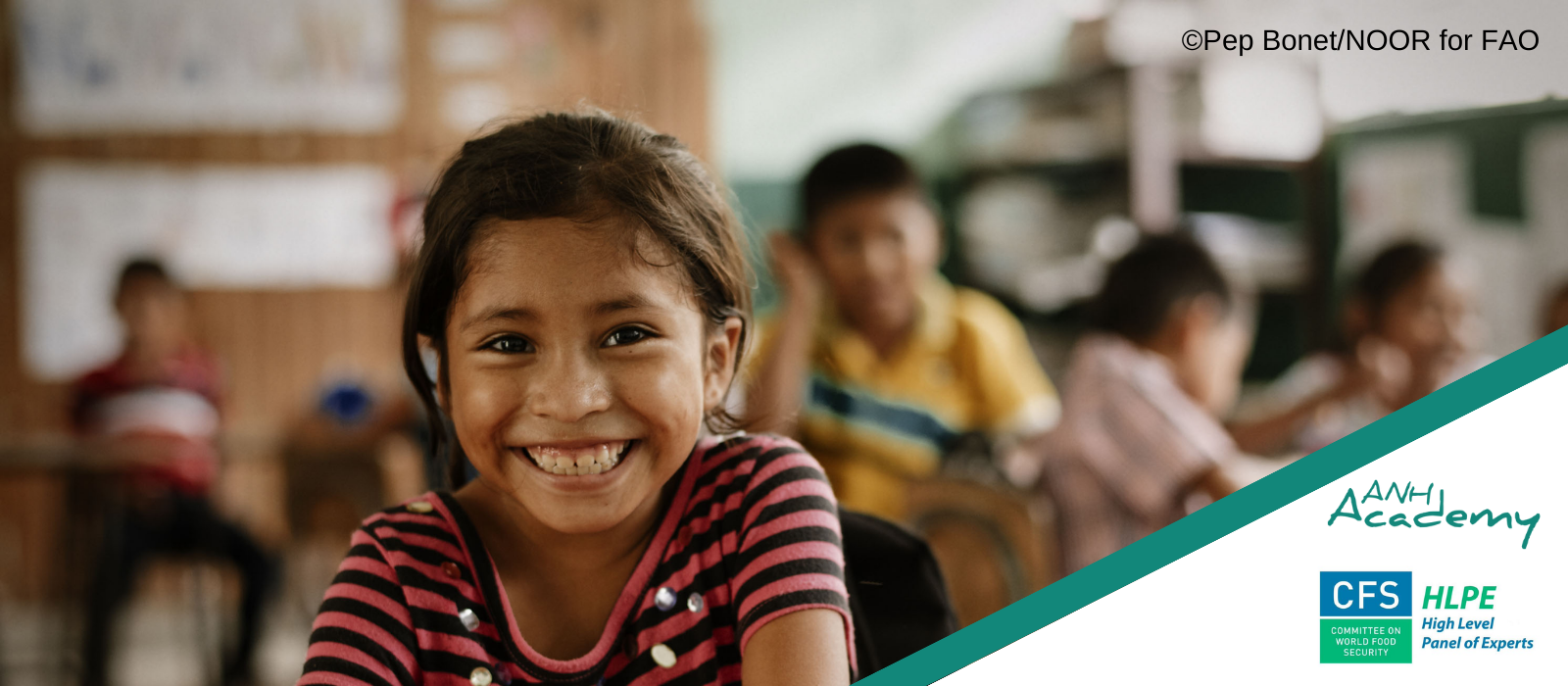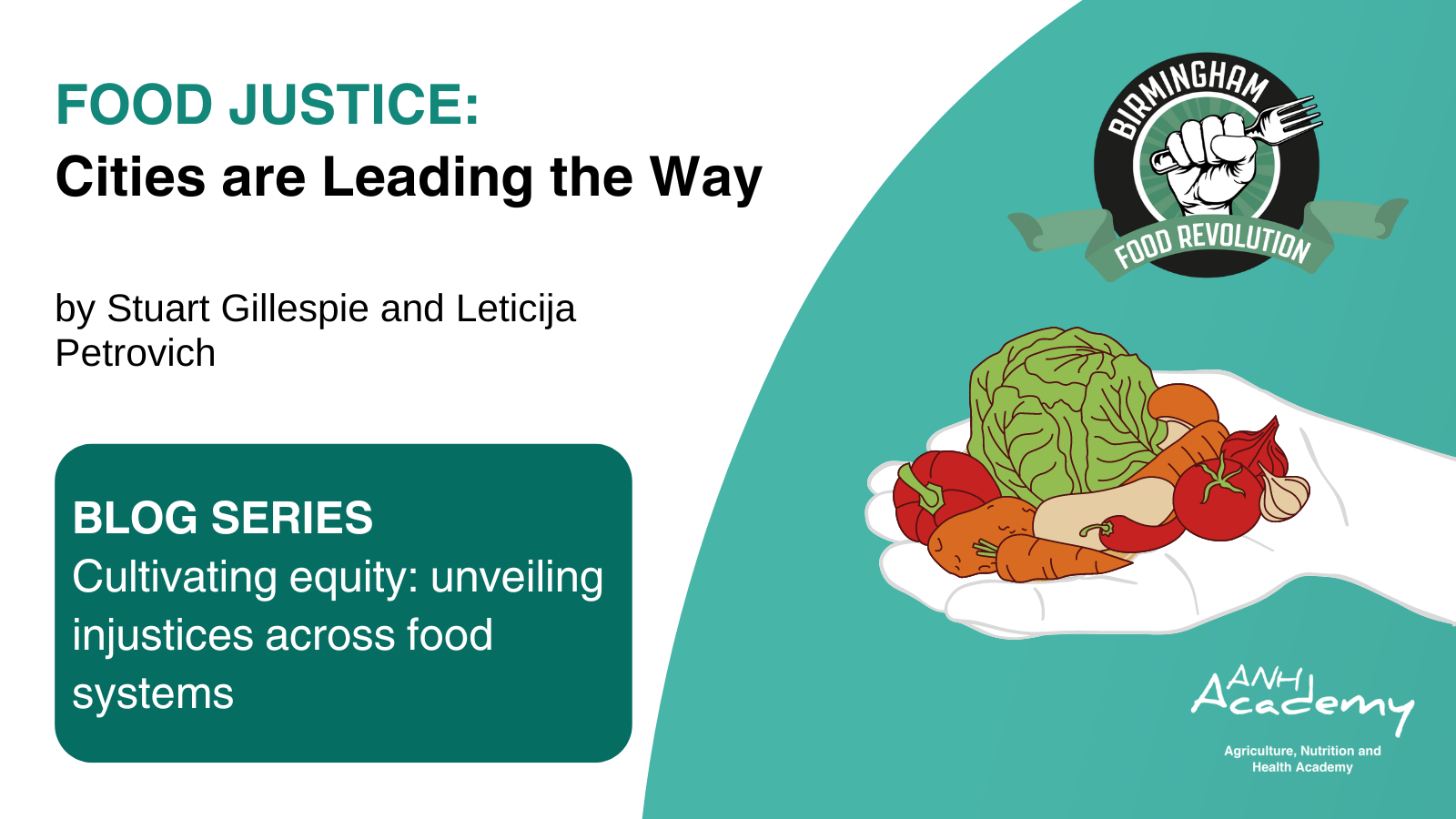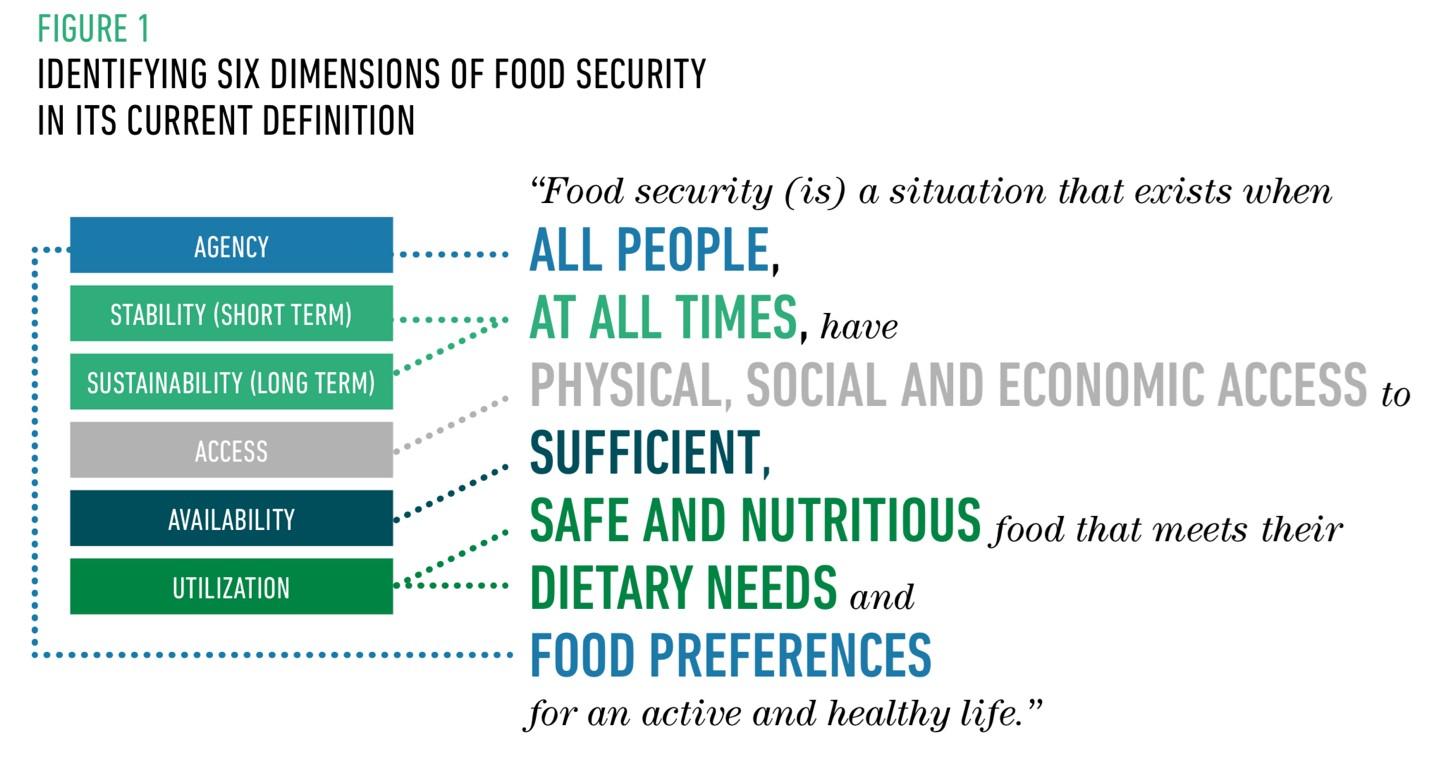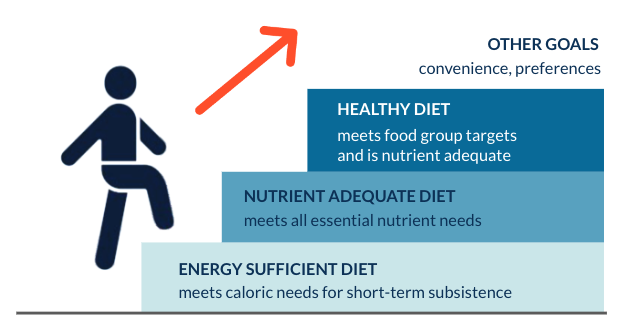Rights and equity in the HLPE-FSN report
The 18th report by the UN-CFS High Level Panel of Experts focused on reducing inequalities for food security and nutrition (FSN). The report detailed multiple inequalities in FSN within and among the countries of the world, but spent most of its wordcount laying out the structural social inequities that underpin these inequalities (defined as the socially, economically or politically driven reasons why systematic differences in food system opportunities or the distribution of outcomes exist in different contexts, which are unjust and avoidable); and using a framework of Recognition, Representation, and Redistribution to specify how transformative actions could remedy these inequities.
One of the most transformative actions (for food systems, and societies) would arguably be the full and universal realization of human rights. The report indeed called for rights-based actions in its recommendations, but did not have the space to detail the interactions between equity and rights. This blog digs deeper into these connections, based on work done for the People-Centred Food Systems project, which explicitly brings a rights and equity focus to food system transformation processes in four countries.

Connections and opportunities for rights and equity
In their modern form, both rights and equity aim to ensure that all people universally, regardless of who they are, have the chance at a good life, however they might define that. This requires freedom of opportunity and freedom of choices, also known as agency (“what a person is free to do and achieve in pursuit of whatever goals or values he or she regards as important”), with nobody left behind. While they have a similar broad aim, rights and equity suggest slightly different routes to getting there: While equity aims to rectify specific inequalities, human rights provide a broader framework for safeguarding fundamental entitlements for all.
One idea cannot be subsumed into the other, but these routes are broadly complementary. In practice, both require an understanding of who is marginalized and who is not able to secure their rights (referred to as Recognition in equity frameworks, and as non-discrimination in human rights frameworks). Both require that those who are affected by policies or decisions have a say in them (known as Representation in equity, and participation and empowerment in rights). In these issues, rights and equity are already complementary.
There are however also areas of difference, where the two approaches have even more opportunity to reinforce each other. Equity has an additional focus on Redistribution, which is a reference to equality of opportunities and outcomes, which rights lack; human rights have been described as providing a ‘floor’ of acceptable action, but being less concerned with the distribution of outcomes beyond this, so an equity focus can usefully strengthen rights pathways. Rights, in turn, have an additional focus on aspects of accountability and monitoring, and in particular on using the law to strengthen aspirations into entitlements; equity as an idea does not have the real-world influence that rights have, so there is an opportunity for rights to strengthen equity pathways.
Moving forward together with rights and equity
Of course, when dealing with such complex ideas debated by complex societies, these are not the only ways that rights and equity have been defined. Some people see social equity as relating to a quite normal distribution of haves and have-nots, whereas others see it as relating to an unacceptable social injustice; some people see rights as a neat set of agreed-upon laws and covenants that lay out clearly what is a legal right and what is not, whereas others see rights as an evolving set of issues to be fought for. In food systems, the right to food is key, but so are rights to work, the rights of peasants, even the right to life… interrelated, and for all.
The definitions above do however allow us to see more clearly how human rights and social equity might fit well together, and that both can move us forward on how food system transformation processes should proceed in order to uphold social justice, freedom and agency – that complement other initiatives in this area that focus on what should be done. Structural inequities (where certain groups or individuals are marginalized and prevented from having agency) are recognized as a cause of human rights violations; and in turn, human rights might be a sustainable way to achieve equity.
Keeping food systems transformation people-centred requires us to consider these processes seriously, to continue to clarify how to apply these ideas in practice, and to ensure that people are aware of their human rights entitlements. The HLPE report is a huge step forward on doing this for equity, and joins a long tradition of work on human rights. For food systems, these can now move forward together for even greater impact.
References:
HLPE. 2023. Reducing inequalities for food security and nutrition. Rome, CFS HLPE-FSN.
This blog is part of a HLPE-FSN and ANH Academy co-hosted blog series. Learn more.





